
Find Help
More Items From Ergsy search
-

Calls for Greater Transparency in Banking Fees as Complaints Rise
Relevance: 100%
-
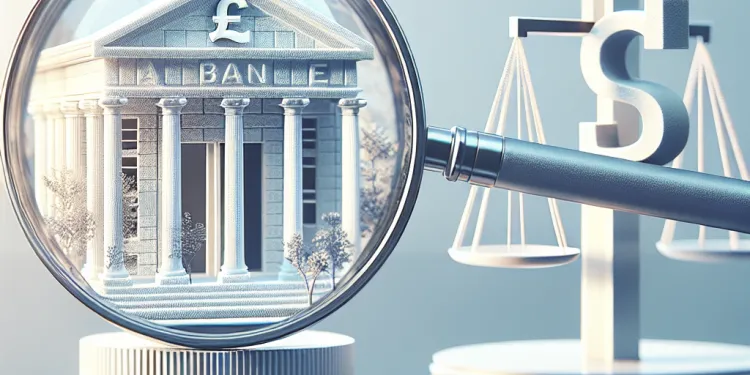
Why is there a call for greater transparency in banking fees?
Relevance: 78%
-

What initiatives are in place to address banking fee transparency?
Relevance: 77%
-

How can banks improve transparency regarding their fees?
Relevance: 76%
-
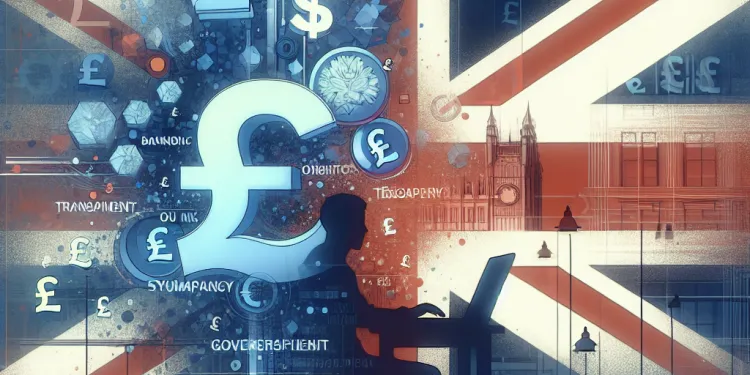
How can government policies influence transparency in banking fees?
Relevance: 73%
-

How does technology help in enhancing transparency in banking fees?
Relevance: 73%
-
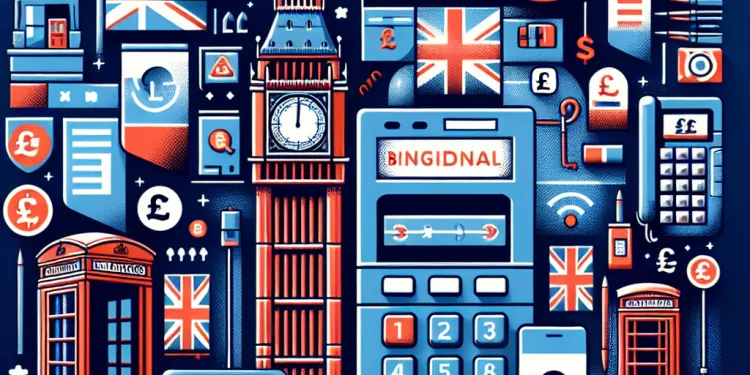
What actions are consumer rights groups taking regarding banking fee transparency?
Relevance: 68%
-
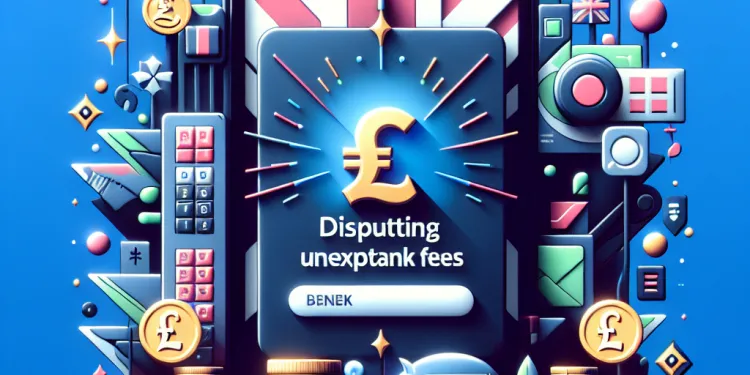
Can customers dispute unexpected banking fees?
Relevance: 59%
-

What feedback do customers give regarding banking fees?
Relevance: 59%
-
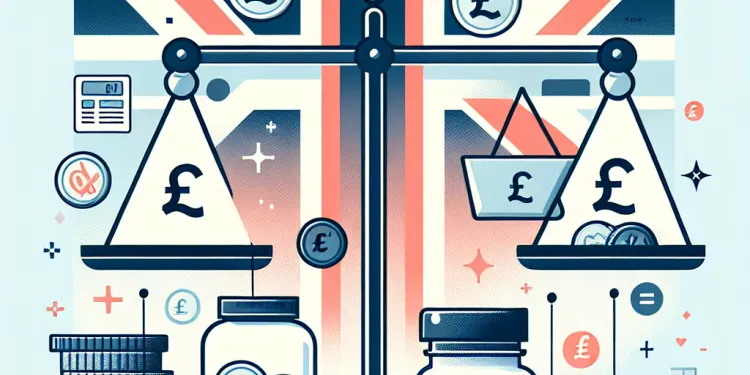
What role do regulatory bodies play in fee transparency?
Relevance: 57%
-

How do banking fees impact financial inclusion?
Relevance: 56%
-
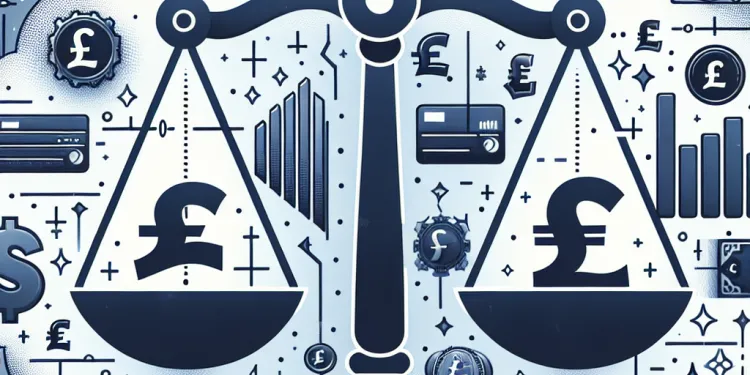
What are the consequences for banks not complying with transparency standards?
Relevance: 56%
-

Are there specific banking services more prone to opaque fee structures?
Relevance: 55%
-

What role do customer service representatives play in fee transparency?
Relevance: 53%
-

Do online banks have lower fees than traditional banks?
Relevance: 52%
-

Do all banks have the same fee structures?
Relevance: 52%
-

How can disputes over banking fees be resolved effectively?
Relevance: 52%
-
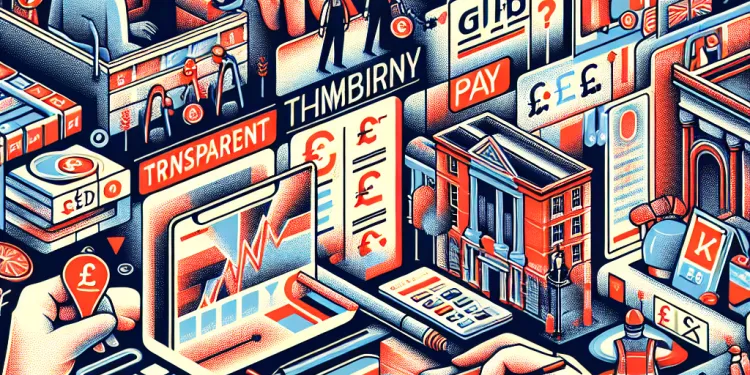
Do gig workers have the right to transparency in pay and fees?
Relevance: 51%
-

Why are some banking fees unexpectedly high?
Relevance: 50%
-

What are some examples of hidden fees in banking?
Relevance: 45%
-

How can consumers protect themselves from hidden banking fees?
Relevance: 44%
-

Are there any hidden fees with Monzo or Revolut?
Relevance: 41%
-
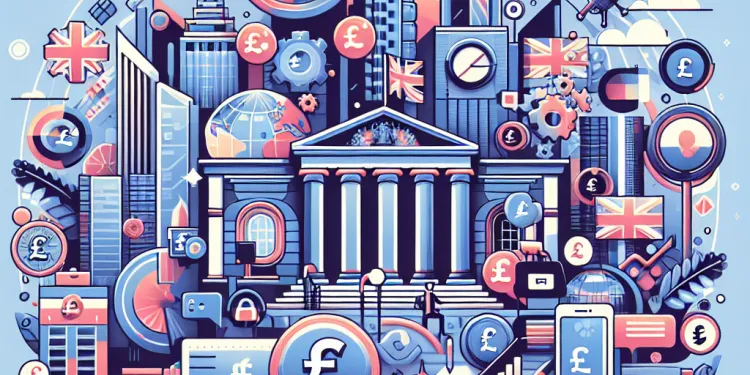
Can I use Monzo or Revolut for everyday banking?
Relevance: 37%
-
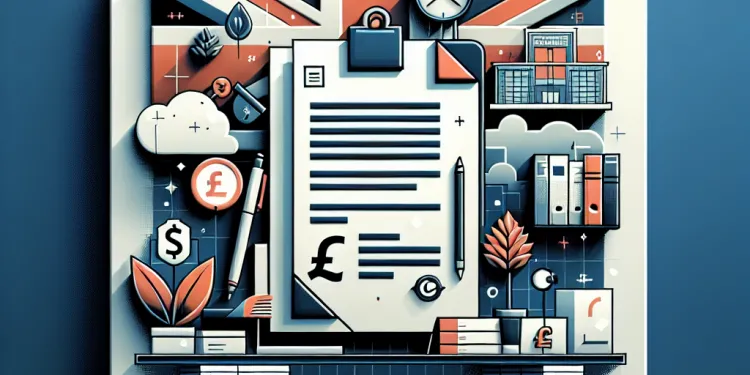
Is filing a formal complaint a good step?
Relevance: 35%
-

Are there any fees to claim money back?
Relevance: 35%
-

What should I do if my complaint about mis-sold car finance is rejected?
Relevance: 32%
-

Is it easy to switch banks to Monzo or Revolut?
Relevance: 31%
-

How long does the mis-sold car finance complaints process take?
Relevance: 31%
-
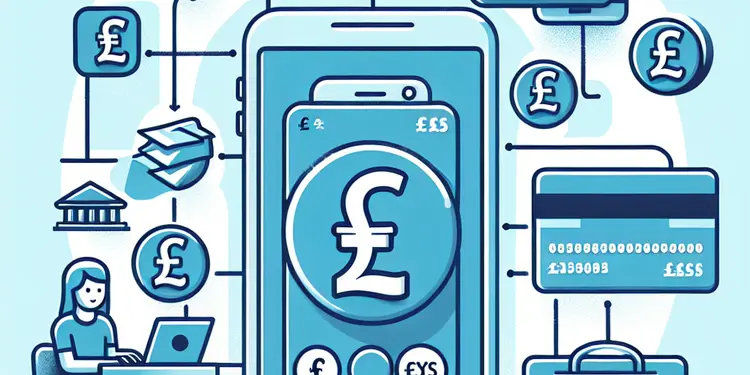
Will students receive the payment directly into their bank accounts?
Relevance: 30%
-
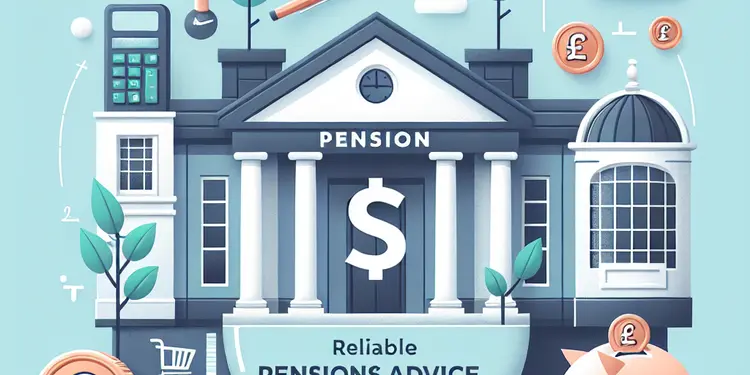
Is advice from my bank on pensions reliable?
Relevance: 30%
-

How important is financial transparency in preventing disputes?
Relevance: 30%
-

What is the time limit for making a complaint about mis-sold car finance?
Relevance: 30%
-
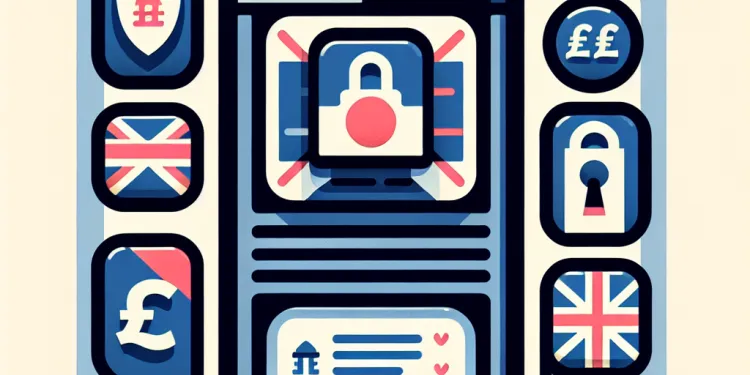
Are online banks like Monzo and Revolut safe?
Relevance: 30%
-

Is there a cost to receive food from a food bank?
Relevance: 29%
-

What types of fees are customers most concerned about?
Relevance: 29%
-

Are there any fees associated with balance transfers?
Relevance: 29%
-

Do online banks offer investment options?
Relevance: 29%
-

How transparent are water companies regarding infrastructure improvements?
Relevance: 28%
-

Is there a fee to bring a case to the tribunal?
Relevance: 28%
-

Are there fees associated with Stocks & Shares ISAs?
Relevance: 28%
Introduction
In recent years, there has been a growing demand for improved transparency in the banking sector, particularly regarding the fees that institutions charge their customers. This call for action comes on the heels of an increasing number of complaints from customers across the UK, who feel that they are not adequately informed about the various fees that affect their accounts. As financial services become more complex, the clarity surrounding these charges has not kept pace, leaving many consumers frustrated and confused.
Understanding the Issue
One of the primary concerns driving this push for transparency is the lack of clarity about fee structures. Many banks have intricate fee schedules that are often buried in lengthy terms and conditions documents, making it challenging for the average consumer to comprehend. These fees can include charges for overdrafts, international transactions, account maintenance, and more. Consumers often find themselves facing unexpected charges that were not clearly communicated upfront.
Consumer Complaints
The Financial Ombudsman Service in the UK has reported an uptick in complaints related to bank fees, with customers expressing dissatisfaction over unexpected charges and the lack of straightforward information. This surge in complaints has catalysed calls from consumer advocacy groups, urging banks to adopt more transparent practices. These groups argue that customers have the right to know exactly what fees they will incur and why, enabling them to make informed financial decisions.
The Call for Change
Advocates for greater transparency argue that banks need to simplify their fee structures and present them in a way that is easily accessible and understandable to customers. This includes providing clear, concise information both online and in physical documentation, enabling customers to accurately assess potential costs. Additionally, technology has a significant role to play in this transformation—digital banking platforms can be leveraged to deliver real-time fee information and updates to users.
Industry Response
In response to these calls for increased transparency, some banks have begun to review and amend their practices to improve customer satisfaction. This includes streamlining fee disclosures, enhancing customer service training, and investing in better communication tools that clarify fee structures. However, there is still a long way to go, and ongoing pressure from regulators and consumer groups is likely to drive further changes.
Conclusion
The rising number of complaints around banking fees highlights the urgent need for greater transparency in the sector. As the financial landscape continues to evolve, both banks and regulators must ensure that consumers are empowered with the knowledge needed to navigate the complexities of banking fees. This will not only build trust between banks and their customers but also foster a more equitable financial environment for all parties involved.
Introduction
Recently, more people want banks to be clearer about the fees they charge. Many people in the UK complain that they do not understand what fees they are being charged. As banking gets more complicated, it is harder for people to keep up with all the charges. This leaves them feeling upset and confused.
Understanding the Issue
People are worried because banks do not make fee information easy to understand. Banks have lots of different fees, like charges for using overdrafts, sending money abroad, or keeping an account open. This information is often hidden in long terms and conditions that are hard to read. People sometimes get surprised by fees they did not expect because the information was not clear.
Consumer Complaints
In the UK, more people are complaining about bank fees. They are unhappy about fees they did not know about and the lack of clear information. Consumer groups are asking banks to be more open about their fees. They say people have the right to know about fees so they can make smart choices with their money.
The Call for Change
Some people want banks to make their fee information simpler and easier to find. This means giving clear details both online and on paper, so people can see what they might have to pay. Technology can help by showing people real-time updates about fees through digital banking apps.
Industry Response
Some banks are starting to change their fee practices to make customers happier. They are trying to make information clearer, train their staff better, and use tools that help explain fees. But there is still a lot of work to do, and banks are expected to continue making improvements.
Conclusion
The increasing complaints about bank fees show that we need more clarity in banking. As banking changes, banks and regulators should help people understand fees better. This will help build trust with customers and create a fairer financial system for everyone.
Frequently Asked Questions
Why is there a call for greater transparency in banking fees?
There is a call for greater transparency in banking fees due to rising complaints from customers who feel that fees are not clearly communicated and can be unexpectedly high.
How can banks improve transparency regarding their fees?
Banks can improve transparency by clearly disclosing all fees upfront, using simple language, providing detailed fee schedules, and ensuring fees are prominently displayed in customer communications and on their websites.
What types of fees are customers most concerned about?
Customers are often concerned about overdraft fees, maintenance fees, ATM fees, foreign transaction fees, and hidden charges that can add up without their knowledge.
Are banks required to disclose all fees?
Regulations require banks to disclose fees, but clarity and prominence of fee disclosure can vary, leading to some customer confusion.
What role do regulatory bodies play in fee transparency?
Regulatory bodies establish guidelines and requirements for fee disclosures and can enforce penalties if banks fail to comply with transparency standards.
Can customers dispute unexpected banking fees?
Yes, customers can often dispute unexpected fees by contacting their bank directly and explaining their issue. Banks may waive the fee as a one-time courtesy or if there is an error.
What are some examples of hidden fees in banking?
Hidden fees can include service fees attached to transactions, inactivity fees, card replacement fees, and account closing fees that are not clearly outlined at account opening.
How can consumers protect themselves from hidden banking fees?
Consumers can protect themselves by thoroughly reading fee schedules, asking questions when opening accounts, monitoring their statements regularly, and opting for accounts with low or no fees where possible.
What initiatives are in place to address banking fee transparency?
Initiatives include legislative proposals for clearer fee disclosures, consumer education campaigns, and efforts by financial technology companies to offer more transparent alternatives.
How do banking fees impact financial inclusion?
High or unclear fees can act as a barrier to financial inclusion, as they may deter low-income individuals from using banking services or lead to unexpected costs that strain limited budgets.
What are the consequences for banks not complying with transparency standards?
Consequences can include fines, sanctions, reputational damage, and loss of customer trust, which can lead to decreased business.
How does technology help in enhancing transparency in banking fees?
Technology enables banks to provide real-time alerts about fees, digital tools to track and predict charges, and platforms that simplify fee disclosures for better customer understanding.
What feedback do customers give regarding banking fees?
Customers often report frustration with unexpected fees, lack of clarity in disclosures, and difficulties in obtaining fee waivers or refunds.
Do all banks have the same fee structures?
No, fee structures can vary significantly between banks, which is why comparing options is important for customers seeking the best fit for their financial needs.
How can disputes over banking fees be resolved effectively?
Resolution can typically be achieved by contacting customer service, providing documentation of the issue, and escalating complaints to a regulator if necessary.
Why are some banking fees unexpectedly high?
Some fees are unexpectedly high due to compounding charges, lack of customer awareness of fee triggers, or premium services that automatically incur costs.
What role do customer service representatives play in fee transparency?
Customer service representatives are crucial in explaining fees, guiding customers through dispute processes, and ensuring customers are aware of any fee changes.
Are there specific banking services more prone to opaque fee structures?
Credit cards, loans, and international services often have more complex and potentially opaque fee structures due to additional terms and conditions.
How can government policies influence transparency in banking fees?
Government policies can mandate clearer fee disclosures, set limits on certain fees, and enforce penalties for non-compliance, encouraging transparency.
What actions are consumer rights groups taking regarding banking fee transparency?
Consumer rights groups advocate for clearer fee disclosures, educate the public about banking fees, push for policy changes, and assist individuals in resolving fee-related disputes.
Why do people want banks to show their fees more clearly?
Sometimes, banks charge fees that are hard to understand. People want banks to explain these fees clearly so everyone knows what they are paying for.
Clear information helps people make better choices with their money. It is important for banks to be open and honest about their fees.
Tools like online calculators, charts, or videos can help explain fees more simply.
People are asking banks to be clearer about their fees. This is because more and more people are upset that banks don’t explain their fees well, and they can end up paying more than they thought.
If you find banking terms hard to understand, you can use online tools that explain these terms in simple words. You can also ask someone you trust to help you read and understand bank papers.
How can banks show their fees clearly?
Banks can make it easier for people to understand their fees. Here’s how:
1. **Simple Words**: Use easy words to explain fees.
2. **Clear Lists**: Make a list of all fees.
3. **Big Print**: Use big letters so it is easy to read.
4. **Ask for Help**: If you find the fees hard to understand, ask someone you trust to help you.
5. **Use Tools**: Try using online tools that explain bank fees in simple ways.
These steps can help everyone know what they are paying for.
Banks can be clearer by telling people about all fees before they happen. They should use simple words. Banks can show lists of all fees. They should make sure fees are easy to find in letters and on their websites.
What money costs do customers worry about the most?
People who use bank accounts sometimes worry about extra charges. These can be fees for spending more money than you have, fees for keeping your account open, paying to use a cash machine, costs for buying things in another country, and other charges they might not know about.
Do banks have to tell you about all the fees?
Banks should tell you about any fees they charge.
Tools like pictures or videos can help explain fees.
Banks have to tell you about their fees. But sometimes, they make it hard to understand, and this can confuse people.
What do rule makers do to make prices clear?
There are groups that make rules about how banks show their fees. If banks don't follow these rules, they can get in trouble.
Can customers argue about surprising bank fees?
Yes, you can tell your bank if you see a fee you didn't expect. Call or visit your bank and tell them what happened. Sometimes, the bank can remove the fee as a nice gesture or if they made a mistake.
What are hidden bank fees?
Banks sometimes charge extra money. These are called hidden fees because they are not always easy to see.
Here are some examples:
- Account fees: Banks might charge you each month just for having an account.
- ATM fees: If you use another bank's cash machine, you might pay a little extra.
- Overdraft fees: If you spend more money than you have, the bank may charge you.
- Transfer fees: Sending money to someone can sometimes cost extra.
Helpful Tip: Ask your bank about all the fees. They can explain each one to you.
Hidden fees are extra money you have to pay, but you might not know about them when you open your account. These fees can be for things like using a service, not using your account for a while, replacing a lost card, or closing your account.
How can you keep your money safe from surprise bank fees?
Banks might charge fees that you do not know about. These are called hidden fees. Here are some simple steps to protect your money:
- Read your bank statements: Look at the papers or emails you get from your bank. They show what fees you have paid.
- Ask Questions: If you don't understand a fee, ask someone at the bank to explain it to you.
- Look for Free Accounts: Some banks offer accounts with no fees. Ask about them.
- Set Alerts: Ask the bank to send you messages on your phone or computer. They can remind you about fees.
- Use Budgeting Tools: There are apps and websites that can help you manage your money and watch for fees.
If you use these tools and steps, you can stop hidden fees from taking your money.
Here is how you can keep safe when using a bank:
- Read all the information about bank fees carefully.
- If you do not understand something, ask questions.
- Check your bank statements often.
- Try to choose bank accounts that do not have a lot of fees.
Here are some things that can help:
- Use a calculator to help with numbers.
- Ask someone you trust to explain things.
- Use online tools to help check your bank statements.
What is being done to make bank fees clearer?
Banks have to tell people about their fees in a simple way. This helps you understand what you are paying for.
Here are some ways to make bank fees clearer:
- Banks give a list of fees in simple words.
- Banks use easy-to-read charts or pictures.
- You can ask your bank for help to understand fees.
If you need more help, you can use tools like:
- Online guides to explain bank fees.
- Apps that track your bank spending.
There are plans to make things better. These plans are:
- New laws to make fees easier to understand.
- Teaching people more about money.
- Companies using new technology to help people see costs clearly.
How do bank fees affect people's access to money services?
High or confusing fees can make it hard for people to use banks. This is because they may stop people who don't have much money from using bank services. Also, these fees can lead to surprise costs that make it hard to manage money.
What happens if banks don't follow the rules about being open?
If banks don't follow the rules to be clear and honest, there can be problems. Here are some things that might happen:
- Fines: Banks might have to pay money as a punishment.
- Legal Trouble: Banks could get into trouble with the law.
- Reputation: People might not trust the bank anymore.
- Support Tools: Use pictures or diagrams to understand better. Ask someone you trust for help if you need it.
Bad things can happen if rules are broken. You might have to pay money as a punishment. People might stop trusting your company. If this happens, fewer people will want to do business with you.
How can technology make bank fees clearer?
Technology can help make bank fees easier to understand. It can show you the fees on an app or website. This helps you know what you are paying for. Try using online banking tools. They can help you see all fees clearly. If you need help, ask someone you trust to explain it to you. Tools like voice assistants can read information to you if you have trouble reading.
Banks use technology to help people understand their money better. Here’s how:
1. Banks can send you messages right away if there are any fees.
2. There are digital tools that show you when charges might happen.
3. Websites or apps make it easier to see and understand any costs.
If you need help, you can use tools like text-to-speech apps to hear the information, or ask someone you trust to explain it to you.
What do customers say about bank charges?
Customers often feel upset because there are extra charges they didn't expect. They also find it hard to understand the rules about fees. Getting their money back or not having to pay certain fees can be very difficult too.
If you're having trouble, try asking a friend or family member for help. You can also use a calculator to keep track of costs and practice speaking up to ask questions if something isn't clear.
Do all banks charge the same fees?
No, not all banks charge the same fees. Different banks have different charges.
Helpful Tips:
- Ask the bank what fees they charge before opening an account.
- Compare fees from different banks to find the best one for you.
- Use a calculator to add up fees and see which bank is cheaper.
- Ask a family member or friend to help you understand the fees.
Different banks charge different fees. This means it's important to look at what each bank offers. Then you can find the best bank for your money needs.
How can people fix fights about bank fees?
If you have a problem with bank fees, here are some simple steps to help:
- Check Your Bill: Look at your bank paper or online account. See if the fee is right or wrong.
- Ask for Help: Go to your bank and ask a worker. You can call them if you want. Say why you think the fee is wrong.
- Write it Down: If the problem is not fixed, write a letter to the bank. Tell them what happened.
- Use a Friend: If you're nervous, ask a friend or family member to help you talk to the bank.
- Extra Help: Find someone outside the bank who helps with money problems. They can give advice or talk to the bank for you.
Remember, it's okay to ask for help anytime!
You can usually solve problems by doing a few things. First, talk to customer service. They can help fix the problem. It’s a good idea to show them papers or proof of the problem. If talking to customer service doesn’t work, you can ask for help from someone in charge, like a regulator.
Why are some bank fees so high?
Bank fees are the money you have to pay the bank. Sometimes, they can be more than you expect. Here are some reasons why:
- New fees: Banks can add new fees that you might not know about.
- Changes in fees: Sometimes banks change how much they charge, and you might not notice.
- Extra services: If you use extra services, the bank might charge more.
- Mistakes: If you make a mistake, like not having enough money in your account, there can be a fee.
How to understand fees better:
- Look at your bank statement to see what you are being charged for.
- Ask someone to explain fees to you if you don't understand them.
- Use online tools to help keep track of your money and avoid extra fees.
- Contact your bank if you think a fee is wrong or if you have questions.
Remember, it’s okay to ask for help.
Sometimes, fees can be higher than you expect. This can happen because of extra charges that add up, people not knowing what starts a fee, or special services that cost money without you noticing.
What do customer service workers do to make fees clear?
Customer service workers help people understand costs. They give you the right information about how much you need to pay.
If you have questions about fees, you can ask them to explain. They should help you see any extra charges clearly.
If you find it hard to understand the fees, you can use some tools. You can try talking to a friend or family member. You can also draw or write it down.
These tricks can make it easier to understand.
Customer service workers are very important. They help tell people about costs. They also help people if they have a problem or a question. They make sure people know when costs change.
Do some bank services have more confusing fees?
Banks offer different services. Some services might have tricky fees that are hard to understand.
Here are some tips to help you:
- Ask a bank worker to explain the fees.
- Look for simple guides or tools online that explain bank fees clearly.
- Use a calculator to help work out the costs.
Credit cards, loans, and services from other countries can have lots of rules. These rules can be hard to understand. They might also have extra charges that are not easy to see.
How can government rules help make bank fees clear?
Government rules can make banks show their fees clearly. This helps people understand how much they need to pay.
Here are some ways rules can help:
- Banks must tell you about fees before you open an account.
- Fees should be easy to find and read on bank statements.
- Banks should explain fees in plain words.
- Rules can stop banks from charging hidden fees.
You can ask someone you trust for help to understand any fees better. Using big print or colored paper can also help make reading easier.
The government can make rules to help people understand costs better. They can also set limits on some costs and give penalties if companies break the rules. This will make sure everything is clear for everyone.
Using pictures or simple charts can help people understand these rules and costs more easily.
What are consumer rights groups doing about clear banking fees?
Consumer rights groups want banks to be clear about their fees. They are speaking up to make sure banks explain their fees in a way that everyone can understand. This helps people know what they are paying for.
If you find this hard to understand, you can use these tools:
- Voice readers: These tools can read text out loud for you.
- Picture helpers: They use pictures to show what the words mean.
- Ask for help: If you are not sure, ask a teacher or a friend to explain.
Groups that help people know their rights want banks to be clear about their fees. They teach others about bank fees, work to change the rules, and help people when they have problems with fees.
Useful Links
- Ergsy carfully checks the information in the videos we provide here.
- Videos shown by Youtube after a video has completed, have NOT been reviewed by ERGSY.
- To view, click the arrow in centre of video.
- Most of the videos you find here will have subtitles and/or closed captions available.
- You may need to turn these on, and choose your preferred language.
- Go to the video you'd like to watch.
- If closed captions (CC) are available, settings will be visible on the bottom right of the video player.
- To turn on Captions, click settings .
- To turn off Captions, click settings again.
More Items From Ergsy search
-

Calls for Greater Transparency in Banking Fees as Complaints Rise
Relevance: 100%
-

Why is there a call for greater transparency in banking fees?
Relevance: 78%
-

What initiatives are in place to address banking fee transparency?
Relevance: 77%
-

How can banks improve transparency regarding their fees?
Relevance: 76%
-

How can government policies influence transparency in banking fees?
Relevance: 73%
-

How does technology help in enhancing transparency in banking fees?
Relevance: 73%
-

What actions are consumer rights groups taking regarding banking fee transparency?
Relevance: 68%
-

Can customers dispute unexpected banking fees?
Relevance: 59%
-

What feedback do customers give regarding banking fees?
Relevance: 59%
-

What role do regulatory bodies play in fee transparency?
Relevance: 57%
-

How do banking fees impact financial inclusion?
Relevance: 56%
-

What are the consequences for banks not complying with transparency standards?
Relevance: 56%
-

Are there specific banking services more prone to opaque fee structures?
Relevance: 55%
-

What role do customer service representatives play in fee transparency?
Relevance: 53%
-

Do online banks have lower fees than traditional banks?
Relevance: 52%
-

Do all banks have the same fee structures?
Relevance: 52%
-

How can disputes over banking fees be resolved effectively?
Relevance: 52%
-

Do gig workers have the right to transparency in pay and fees?
Relevance: 51%
-

Why are some banking fees unexpectedly high?
Relevance: 50%
-

What are some examples of hidden fees in banking?
Relevance: 45%
-

How can consumers protect themselves from hidden banking fees?
Relevance: 44%
-

Are there any hidden fees with Monzo or Revolut?
Relevance: 41%
-

Can I use Monzo or Revolut for everyday banking?
Relevance: 37%
-

Is filing a formal complaint a good step?
Relevance: 35%
-

Are there any fees to claim money back?
Relevance: 35%
-

What should I do if my complaint about mis-sold car finance is rejected?
Relevance: 32%
-

Is it easy to switch banks to Monzo or Revolut?
Relevance: 31%
-

How long does the mis-sold car finance complaints process take?
Relevance: 31%
-

Will students receive the payment directly into their bank accounts?
Relevance: 30%
-

Is advice from my bank on pensions reliable?
Relevance: 30%
-

How important is financial transparency in preventing disputes?
Relevance: 30%
-

What is the time limit for making a complaint about mis-sold car finance?
Relevance: 30%
-

Are online banks like Monzo and Revolut safe?
Relevance: 30%
-

Is there a cost to receive food from a food bank?
Relevance: 29%
-

What types of fees are customers most concerned about?
Relevance: 29%
-

Are there any fees associated with balance transfers?
Relevance: 29%
-

Do online banks offer investment options?
Relevance: 29%
-

How transparent are water companies regarding infrastructure improvements?
Relevance: 28%
-

Is there a fee to bring a case to the tribunal?
Relevance: 28%
-

Are there fees associated with Stocks & Shares ISAs?
Relevance: 28%


